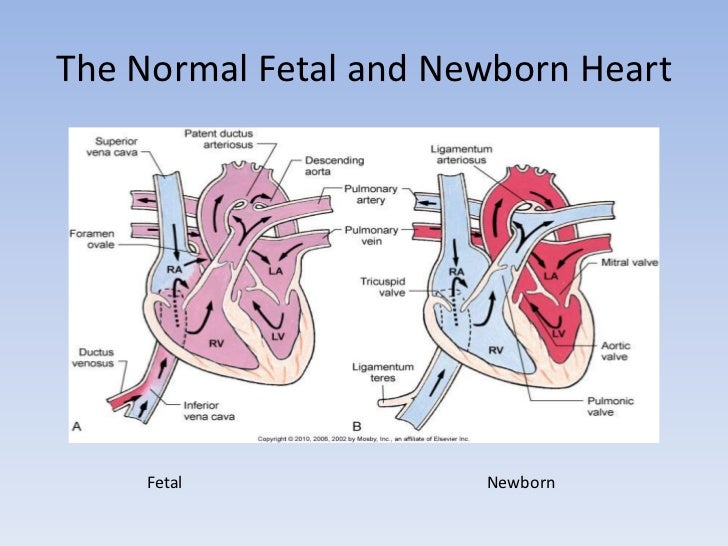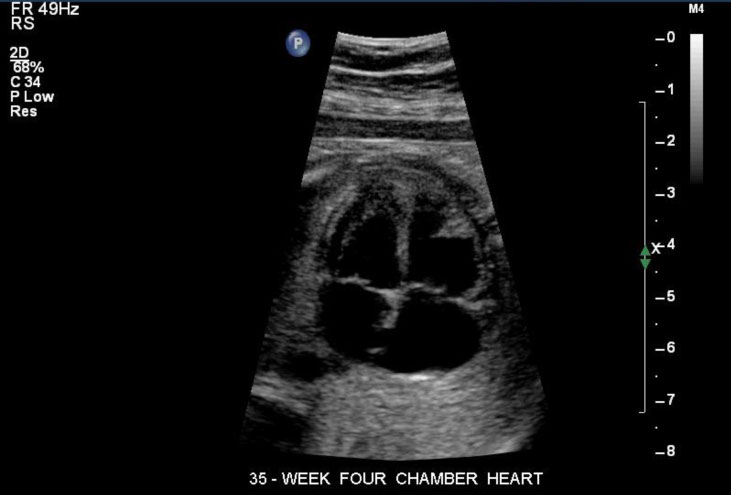

The fetal heart starts as a tube which folds and fuses in a complex dance that results in a muscular pump with four chambers and four valves. What is congenital heart disease?įetal congenital heart disease involves an abnormality of the heart, whether it is a structural defect, a problem with the fetal heartbeat, or a functional problem with the heart squeeze or filling. You are pregnant with more than one baby, such as twins or triplets.The Fetal Treatment Center work directly with members of the UCSF Fetal Cardiovascular Program in the diagnosis and treatment of fetal congenital diseases.Your baby is moving a lot during the test.Problems associated with the placement of the probe:.Extra noises, such as your heartbeat or stomach rumbling, can mask the signals.Smoking tobacco products and drinking or eating large amounts of caffeine (such as from several cups of strong coffee) can falsely raise your baby's heart rate.During a contraction stress test, your baby's heart rate drops far below its baseline rate after each uterine contraction.When the baby moves (non-stress test), your baby's heart rate does not increase by 15 beats per minute or drops far below its baseline rate after he or she moves.Your baby's heart rate is outside the normal range, less than 120 beats per minute or greater than 160 beats per minute for later stage of pregnancy.Your baby's heart rate drops during a contraction but rapidly returns to normal after the contraction is over.Your baby's heart rate increases when he or she moves and when your uterus contracts.The 120-160 range does not apply to early stage of pregnancy. The normal heart rate range changes at various stage of pregnancy. Your baby's heart rate is between 120 to 160 beats per minute.Remember to reset the base line periodically as it changes as the fetus matures. For example, lack of variability, sinusoidal or V-shape waveform, and high/low heart rate are causes for further investigations. Besides the rate itself, how the pattern of rate changes over time is also important. Instead of trying to interpret the signals yourself, one approach is to establish a baseline and note any deviations from the baseline.

Consult your doctor and do not get overly excited if you hear something you do not like. Be patient.įalse-positive is another issue and this is where experience and training come into picture. Since a fetus tends to move around within the womb, locating the fetus heart with the probe can be difficult especially during early pregnancy. For this to work properly, the probe must be in the vicinity of the fetus heart and the bounced signal must be clear enough for the monitor to detect. From this, the fetal doppler can determine where things are inside the body and determines the fetus heart rate. Use the information wisely and understand its limitations.įetal doppler works by sending out a ultrasound wave and detecting the wave that bounces back. This does not mean you should not use a home fetal heart rate monitor, as it does provide useful information and a means to interface with your baby. Unless you are an expert, do not make any assumptions and always refer to your doctor.
#Normal heartbeat of fetus professional#
Understanding the implication of a certain fetal heart rate pattern requires experience and professional training.


 0 kommentar(er)
0 kommentar(er)
